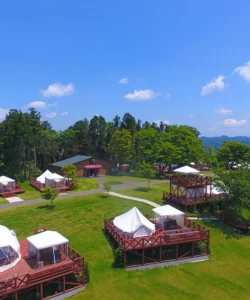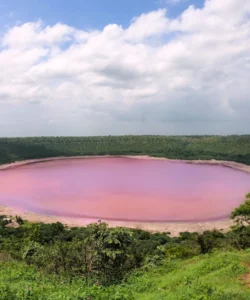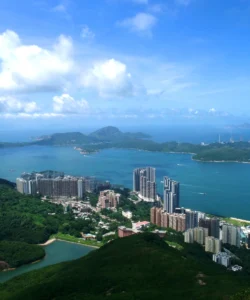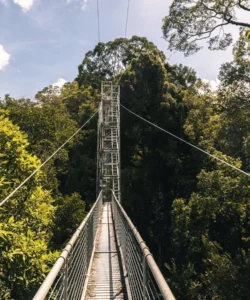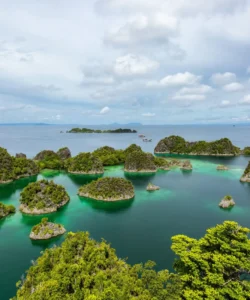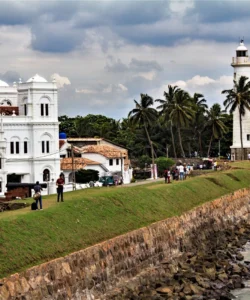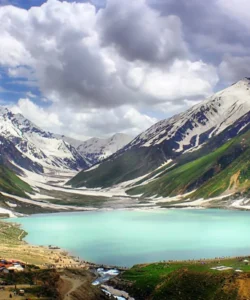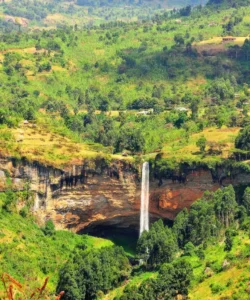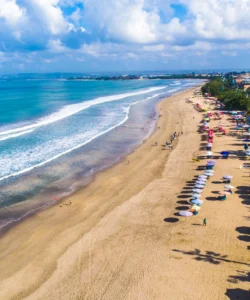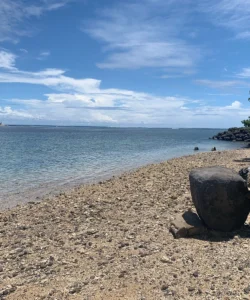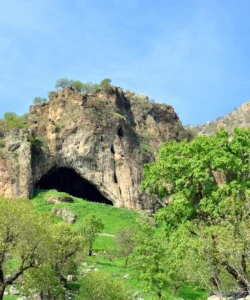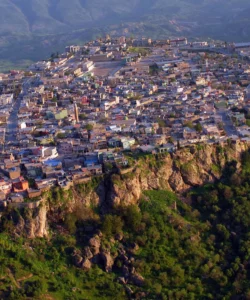The Dead Sea, also known as the Salt Sea, is a landlocked salt lake bordered by Jordan to the east, and Israel and the Israeli-occupied West Bank to the west. It is a natural wonder famous for its extreme salinity and unique geographical features.
Name: The Dead Sea (Arabic: البحر الميت, al-Baḥr al-Mayyit; Hebrew: ים המלח, Yam ha-Melaḥ), is also called the “Salt Sea.”
Address/Location: The Dead Sea is a large body of water, and its shores are located within the Jordan Rift Valley. It is bordered by:
The entire region is situated at the lowest point on Earth, approximately 430.5 meters (1,412 feet) below sea level.
How to Get There
Accessing the Dead Sea typically involves traveling from nearby major cities in Israel or Jordan.
- From Amman, Jordan: The Dead Sea is about a 45-minute to an hour’s drive from Amman. Options include renting a car and driving yourself, hiring a taxi or private driver for the day, or taking a day tour which often includes a bus to the resorts. There are also less frequent local bus services.
- From Jerusalem, Israel: The journey to the Dead Sea from Jerusalem takes approximately 1 to 2 hours by car. Public bus services, such as Egged bus line #486, run daily from Jerusalem to the Dead Sea’s main resort area of Ein Bokek. Day tours and private car hires are also popular options.
Landscape and Geography
The Dead Sea is a unique geographical feature with a stark, desert landscape.
- Lowest Point on Earth: Its surface and shores are the lowest elevation on land, at over 430 meters (1,412 feet) below sea level.
- Hypersaline Lake: The Dead Sea is an endorheic lake, meaning it has no outlet. The water from its primary tributary, the Jordan River, flows in, but is lost only through evaporation in the hot, arid climate. This process has resulted in an extremely high concentration of salts and minerals.
- Mineral-Rich Water and Mud: The water contains a unique combination of minerals such as magnesium, potassium, calcium, and bromide, with a total salt concentration of about 34%. This is nearly ten times saltier than the ocean. The mud from the lakebed is also mineral-rich and is widely used for therapeutic purposes.
- Shrinking Shoreline: Due to water diversion from the Jordan River and high evaporation rates, the Dead Sea is shrinking. This has led to the formation of sinkholes along its banks.
What Makes It Famous
The Dead Sea’s fame is rooted in its extraordinary physical properties and its historical and health significance.
- Effortless Floating: Its exceptionally high salinity and density allow people to float effortlessly on the surface, making it a unique and popular tourist experience.
- Health and Therapeutic Benefits: The mineral-rich water and mud are renowned for their therapeutic properties, particularly for treating skin conditions like psoriasis and for alleviating rheumatic pain. This has made the region a major center for health tourism with numerous spas and resorts.
- Historical and Biblical Significance: The Dead Sea is mentioned in the Bible, and many important historical sites are located nearby, including the ancient fortress of Masada and the caves of Qumran, where the Dead Sea Scrolls were discovered.
Differences from Other Wonders (e.g., The Great Salt Lake)
The Dead Sea is often compared to other salt lakes, such as the Great Salt Lake in Utah, but it has several key distinctions.
- Salinity Level: The Dead Sea has an average salinity of about 34%, making it one of the saltiest bodies of water in the world. The Great Salt Lake’s salinity varies widely, from 5% to 27%, and is, on average, less salty than the Dead Sea.
- Elevation: The Dead Sea holds the unique record of being the lowest point on land on Earth. The Great Salt Lake, while in a basin, is at a much higher elevation.
- Mineral Composition: The Dead Sea has a distinct mineral composition with a high concentration of magnesium and bromine, which contributes to its therapeutic properties.
- Historical Context: The Dead Sea and its surrounding region have deep historical and biblical significance, a feature not shared by the Great Salt Lake.
